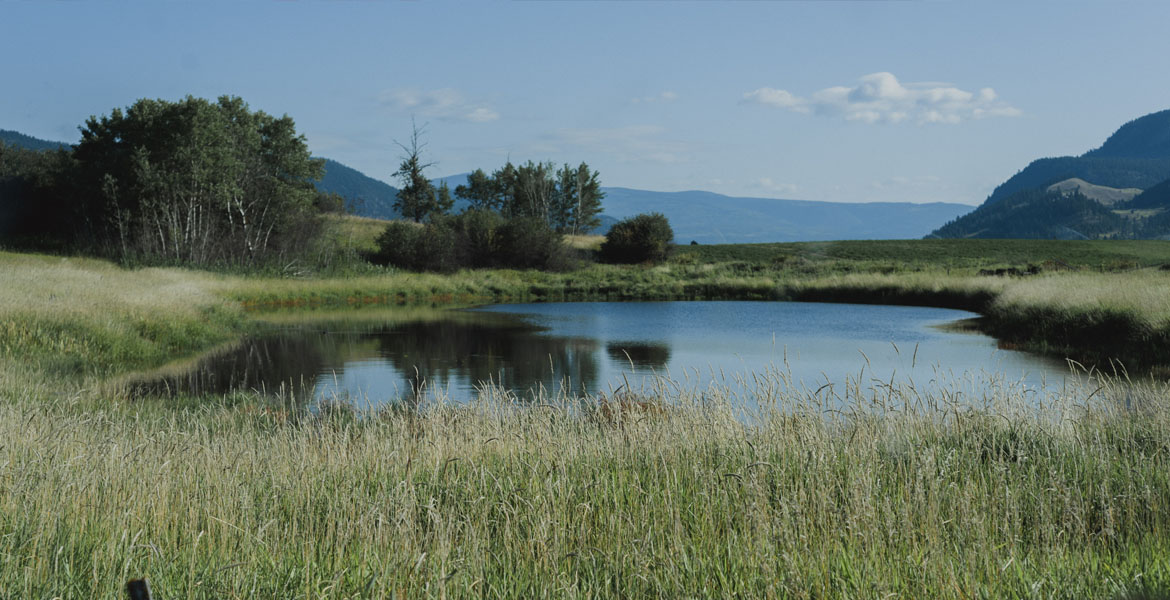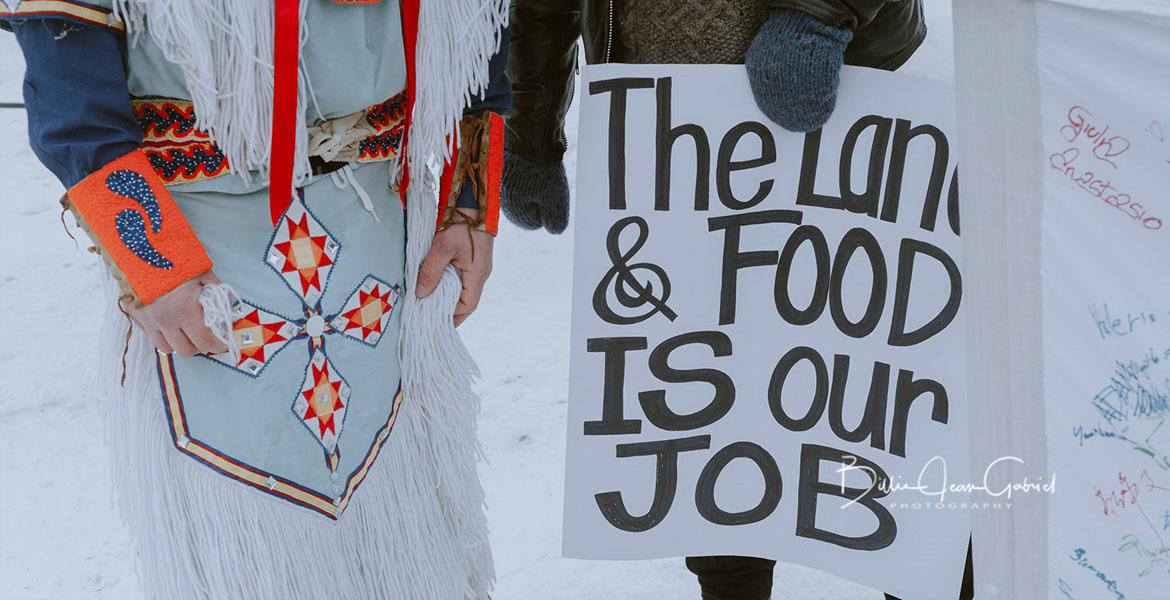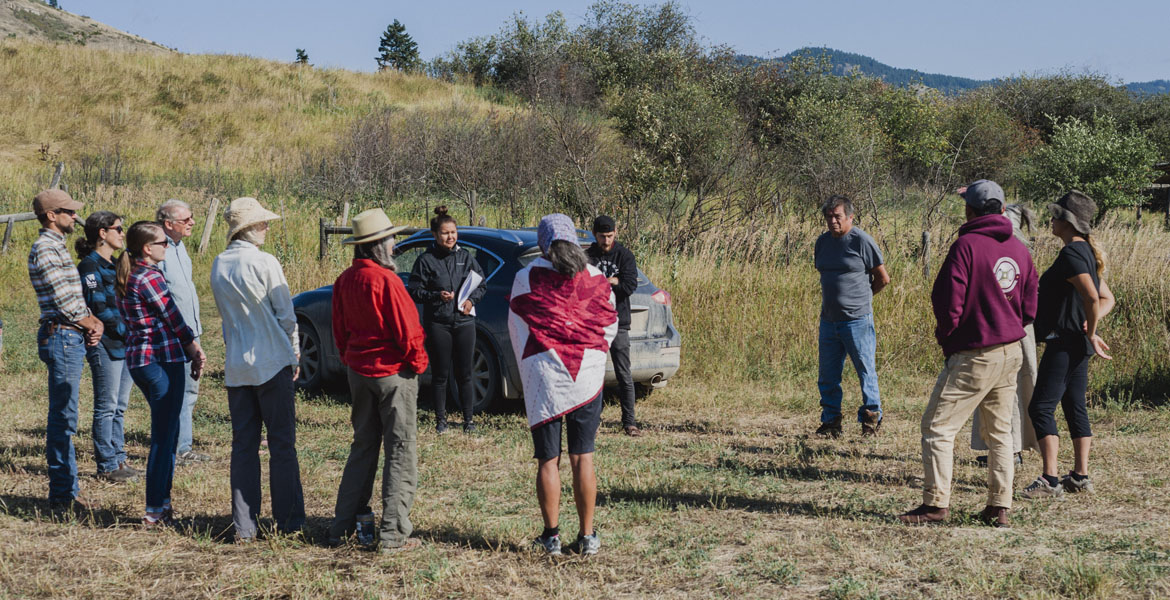Restoring Ancient Indigenous Foodways — What It Means and Why It Matters

The chilled waters of the Adams River in British Columbia once overflowed with jumping and wriggling ribbons of red, spawning sockeye salmon. In the fall, the fish ran so deep that ancestors of the Secwepemc (pronounced She-whep-m) people of the Shuswap and Adams Lakes (known to the Secwepemc as Cstelen) would say “you could walk across the river on their backs.” Though the fish were plentiful, the Secwepemc people for whom the salmon was (and still is) a primary source of sustenance, did not deplete the ecosystem by taking too many. Guided by the shared value of “we are all related,” the Secwepemc understood the interconnections between humans, water, plants, animals, fish and birds, and honored and respected that balance.
"There is knowledge about our interconnectedness that Indigenous peoples have realized that is very much needed in our world right now."
The fish still run in Adams River, drawing hundreds of tourists every fall. You’ll see signs along the riverbed that say, “respect the salmon,” and “don’t feed the fish” but the impacts of Western society are clear. The salmon runs have significantly diminished from their once bountiful numbers, something that greatly concerns the Secwepemc. The threats to the salmon are many: lower water levels, overfishing, climate change, pollution, logging, the introduction of invasive and genetically modified species, urbanization, dams and more. Really though, it comes down to one thing: “Our narrative as a people and our narrative around hunting, fishing, farming and gathering has essentially disappeared or been made invisible in Western, science-based, techno-bureaucratic systems for agricultural research and development,” Dawn Morrison says, member of the Secwepemc Nation and founder and curator of the Working Group on Indigenous Food Sovereignty (WGIFS). “There is knowledge about our interconnectedness that Indigenous peoples have realized that is very much needed in our world right now.”
A Mission to Restore Ancient Food Systems
Morrison founded the Working Group on Indigenous Food Sovereignty in 2006 after realizing there was a need to carry the voice and vision of Indigenous peoples in the British Columbia Food Systems Network who once held their annual gatherings in Secwepemc territory. Sustainable food systems advocates’ positions were similar to Indigenous views around social and environmental justice, she realized. At the same time, she saw contention between the groups related to arbitrary policies around land and water and the expansion of privatization that prevents the Secwepemc and other peoples from engaging in traditional fishing, farming, hunting and gathering practices.

“Our relationships to the Earth extends out to the forests, fields and waterways,” Morrison says. “It’s much broader than the arbitrary political boundaries of the nation state of Canada that fragments the social and ecological integrity of Indigenous hunting, fishing and gathering corridors.”
The working group now is encouraging policymakers to look at the food system from a bird’s eye view, and advocating against large-scale, industrial agriculture by building campaigns that highlight the harmful impacts big agribusiness has on the land, water and communities. “We need adaptive policies that challenge the system to work in more complexity,” Morrison says. More than focusing solely on agricultural sustainability, she suggests policymakers consider the nuanced relationships of those who’ve lived on and related to the land for thousands of years.
Breaking Boundaries and Cultivating Connections
The working group includes regional organizers with areas of focus ranging from social and environmental justice, to preserving and teaching Indigenous languages, poverty reduction and decolonization. The working group is also an inter-tribal network that extends beyond Canada and the USA, to build connections with Indigenous groups in countries such as New Zealand, Brazil, Ecuador and Mexico.
In addition to elevating Indigenous voices within the food security, social and environmental movements, the working group is committed to healing the historical and ongoing trauma inflicted on native people through the forced removal from the land, language and culture, all of which being necessary pieces for Indigenous food sovereignty. The ability to fulfill their own needs for healthy, traditional food — is central to the group’s mission.

Morrison shares the story of her late partner, Randall James Stevens, a third-generation veteran, Mohawk and Algonquin man who was displaced from his home lands at Alderville First Nations, in the province known to the settlers as Ontario. Stevens was able to heal intergenerational and personal trauma through the Tu’wusht Garden project, an Indigenous-led initiative connecting people to food and nature in Vancouver where Morrison was a project coordinator. As an artist, being in the garden brought Stevens solace and healing by supporting him to share the stories of his people with others who had been displaced.
“He was a real warrior and beautiful soul,” she says. “His mom was in Indian residential school and himself, and his Father and Grandfathers were recruited into the military as young boys. His childhood was hard. His life was hard. His family was very much assimilated into this military life. He was sick with cancer when I first started dating him. He overcame his addiction through this work. The change that I saw in him in the garden and how he came to know a part of his ancestry that he hadn’t known before — it brought him back to life.”
"We are the oldest living memories of what it means to live with one another, and the land, water, plants and animals and work within the natural systems."
A Center for Learning
In 2019, the working group launched the Indigenous Food and Freedom School, which will develop educational media and learning materials, community planning tools as well as policy primers to support Indigenous Peoples in regaining social, economic and political freedom through food sovereignty.
One piece of the group will focus on the urban Indigenous community in Vancouver and another in Secwepemc territory at Chase, BC, the home to once were what the largest salmon spawning grounds in the world. Both will be places for education, connection and action. Just as reconnecting with his foodways helped her partner overcome past trauma, Morrison hopes that the project will lead Indigenous peoples from all nations to come together, share knowledge and heal. From practical information about hunting, fishing, farming and gathering, to observing cultural and spiritual protocols, to growing sacred herbs and heritage varieties of corn, beans and squash, the goal is to protect, conserve and restore Indigenous biodiversity and cultural heritage in the land and food system.

Although her partner passed away from cancer last July, Morrison notes that the fact that he was able to spend time reconnecting with the land and culture before his death was remarkable, not just for him, but for the many lives he touched.
“For many people who experience trauma, we can get blocked. We never get to clear it out of our life. It passes on from generation to generation,” she says. “In the most drug-afflicted communities, what’s at the heart is trauma. But through this work, we come to know that we’re not just poverty-stricken. We’re not just drug addicts or alcoholics. We actually have a beautiful, rich history. Our connection to Spirit, to land and to the community is our wealth. We are the oldest living memories of what it means to live with one another, and the land, water, plants and animals and work within the natural systems.”
Ultimately, Indigenous food sovereignty is not just about restoring access to healthy, traditional foods for one marginalized group. Coming to know and adopt these ancient foodways is about our entire society making a shift away from a focus on production at all costs, and toward a more just, regenerative food system based on values of holistic health and wellness.
“We’re in very transformational times right now, and there’s a lot of potential to just be better human beings in this world that is full of social and ecological crises,” Morrison says. “The challenges are really just asking us to be more conscious of our food and others. We’re all related in this. There are a lot of learning tensions and there’s also a lot of beauty in our ability to overcome the adversity.”
What's Next?
We need food leaders everywhere to heal our wild planet home. To meet others in the movement, visit our blog.


